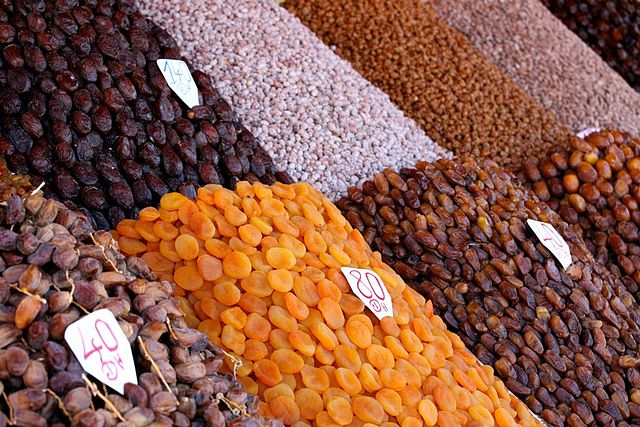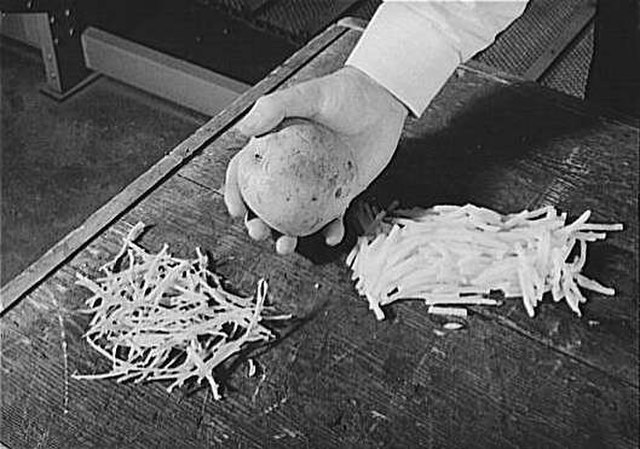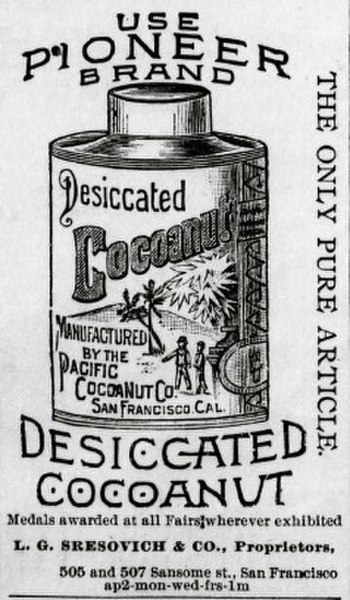Dried fruit is fruit from which the majority of the original water content has been removed either naturally, through sun drying, or through the use of specialized dryers or dehydrators. Dried fruit has a long tradition of use dating back to the fourth millennium BC in Mesopotamia, and is prized because of its sweet taste, nutritive value, and long shelf life.
Dried fruit and nuts on a platter
Nineveh: Procession through groves of date palms, one of the world's first cultivated trees
Other types of dried fruit and nuts
Temple of Nahkt, Egypt. Harvesting grapes, many of which would be dried into raisins.
Food drying is a method of food preservation in which food is dried. Drying inhibits the growth of bacteria, yeasts, and mold through the removal of water. Dehydration has been used widely for this purpose since ancient times; the earliest known practice is 12,000 B.C. by inhabitants of the modern Middle East and Asia regions. Water is traditionally removed through evaporation by using methods such as air drying, sun drying, smoking or wind drying, although today electric food dehydrators or freeze-drying can be used to speed the drying process and ensure more consistent results.
Flattened fish drying in the sun in Madagascar. Fish are preserved through such traditional methods as drying, smoking and salting.
A whole potato, sliced pieces (right), and dried sliced pieces (left), 1943
1890 newspaper advertisement showing tin of dried coconut
A collection of dried mushrooms








